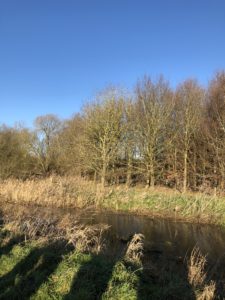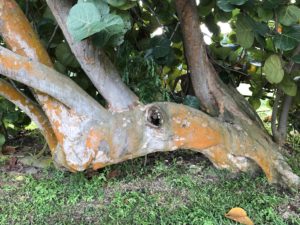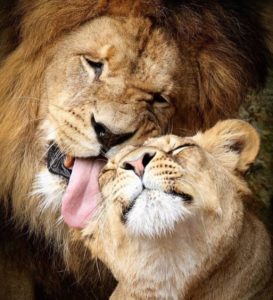W
 Dear Integral Meditators,
Dear Integral Meditators,
Were in the gap now between Christmas and the new year, the article below offers a few hints on how to use the in between space to find a deeper experience of stillness.
I’m just getting together the new years courses, the first meditation session will be the 2020 New year releasing and inviting meditation on the 7th & 8th Jan, with the latest edition of The Men’s group – the path of conscious manhood kicking off on the 13th January.
In the spirit of stillness moving through time,
Toby
Finding refuge from Time Oppression – Dropping out of time and into stillness (to get better at time)
Almost everyone, myself included seems to be suffering from the feeling (not necessarily the reality) of ‘not enough time’. The practice below offers one way in which we can liberate ourselves from the oppression of time, and even learn to thrive in our (apparently) time poor environment.
Trying to cultivate stillness in meditation by becoming physically still and just focusing on the breathing can sometimes feel labour intensive. One way of cultivating stillness in a more ergonomic manner is to realize that the movement in our mind depends upon two foundational elements in order to sustain itself; time and space. In this article I shall be focusing on how to still the mind by stilling time.
Without time the mind cannot function
The first point to realize here is that time (The idea of past, present and future) is a concept and creation of the mind itself. If you drop the concept of time then time itself, for you in that moment stops, and you enter into a place called ‘The eternal present’.
If you drop time, stillness can be stabilized
If you imagine strongly that past and future no longer exist, that they have disappeared, then your wandering distracted mind temporarily has no-where to go except the present moment. This is because to move into the past and future depends upon the idea of there being time.
Dropping out of time, moving entering into the stillness of the eternal present
In addition to imagining time has disappeared, you can also imagine yourself in a landscape or a place that for you helps you to relax into the present more deeply, and step out of time. You have a whole vocabulary of images and felt experiences in your memory that, if you recall them will help you to relax and ‘step out of time and into the present’. You can try this technique for 3-5minutes initially, and build up to 10mins or more if you like. If you persist, then you will find that you develop the capacity to drop ‘out of time’ and into a state of stillness relatively easily, at will, and in a way that does not take much effort.
Returning to time more mindfully
The point about dropping out of time and into stillness in this way is, firstly it is very relaxing and invites recovery, self-awareness and wisdom. Secondly, by dropping out of time for a while, we can then return to our experience of past, present and future more enjoyably and effectively. Because we are not obsessively stuck thinking of the the past or future, we can consciously consider past events and future scenarios more calmly, rationally and effectively.
By stepping out of time regularly and entering stillness, we can return to time and use it better!
Related article: The inevitability of the present moment
Article content © Toby Ouvry & Integral Meditation Asia 2019.
Upcoming classes and workshops
Ongoing on Wednesday’s, 7.30-8.30pm (Restarts 21st August) – Wednesday Meditation for stress transformation and positive energy with Toby (Bukit Timah)
Ongoing on Tuesday evenings (Restarts 13th August), 7.30-8.30pm – Tuesday Meditation for stress transformation and positive energy with Toby (East Coast)
Tuesday 12.30-1.30 – Integral Meditation classes at Space2B on Stanley Street
Tues 7th & Weds 8th January – 2020 New year releasing and inviting meditation
Starts Monday January 13th, 6.30-8pm – The Men’s group, the path of conscious manhood
Integral Meditation AsiaOnline Courses * 1:1 Coaching * Books * Live Workshops * Corporate Mindfulness Training *Life-Coaching * Meditation Technology









